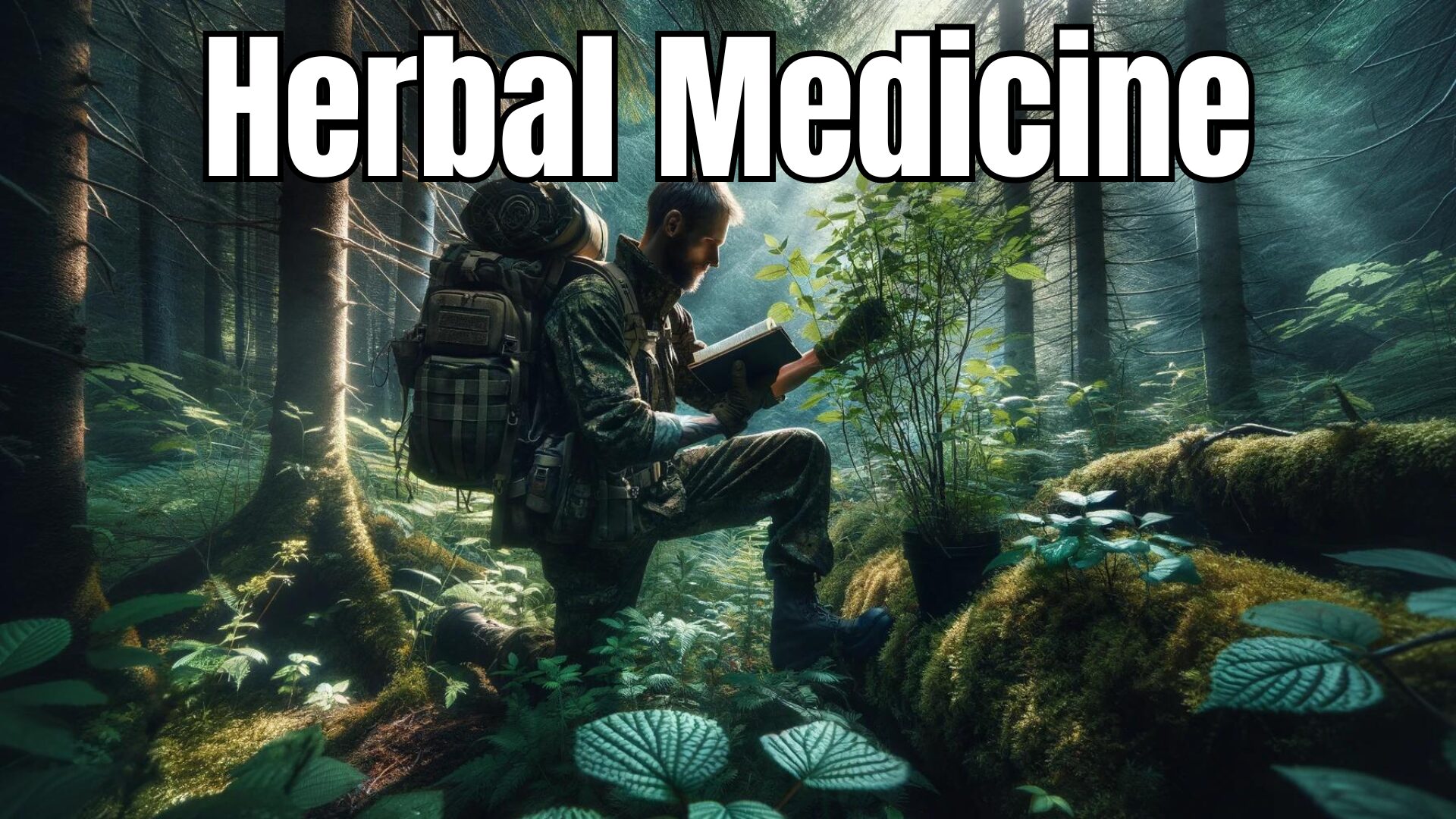Dive into the verdant world where nature’s pantry opens its doors, offering a treasure trove of healing and nourishment.
Embark on a journey to rediscover ancestral wisdom and forge a deep, symbiotic connection with finding and making herbal medicine.
Table of Contents
- Foraging for Wild Medicinal Plants
- Crafting Herbal Medicine from Wild Foods
- The Medicinal Uses of Wild Plants
- Edible and Medicinal Foraging Basics
- Herbal Wisdom
- Insights on Plant Medicine
Key Takeaways:
- Explore: The vast diversity of wild medicinal plants enriches our health and reconnects us with nature.
- Learn: Foraging is not just a skill but a gateway to understanding the ecosystem’s delicate balance.
- Create: DIY remedies and culinary delights from foraged herbs offer empowerment and sustainability.
- Respect: Ethical foraging practices ensure the conservation of these precious natural resources for future generations.
Foraging for Wild Medicinal Plants

Tips for Successful Foraging
When it comes to wild remedies and medicine, there’s a whole world of herbal medicine waiting for you in nature.
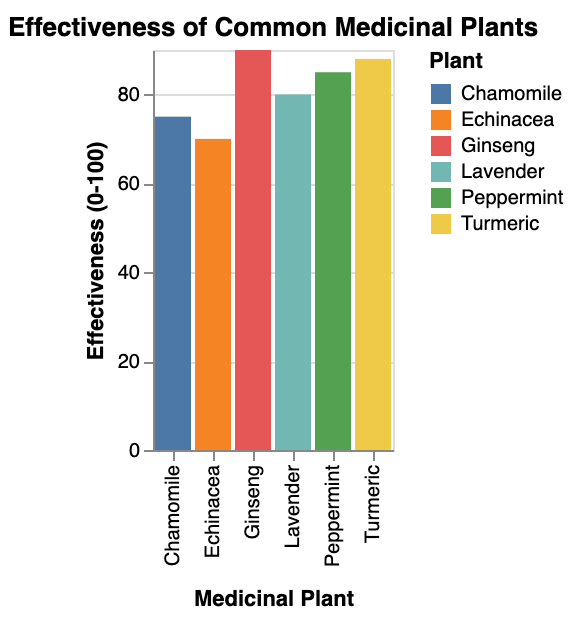
To truly harness the power of the outdoors, why not try to craft your own herbal medicine?
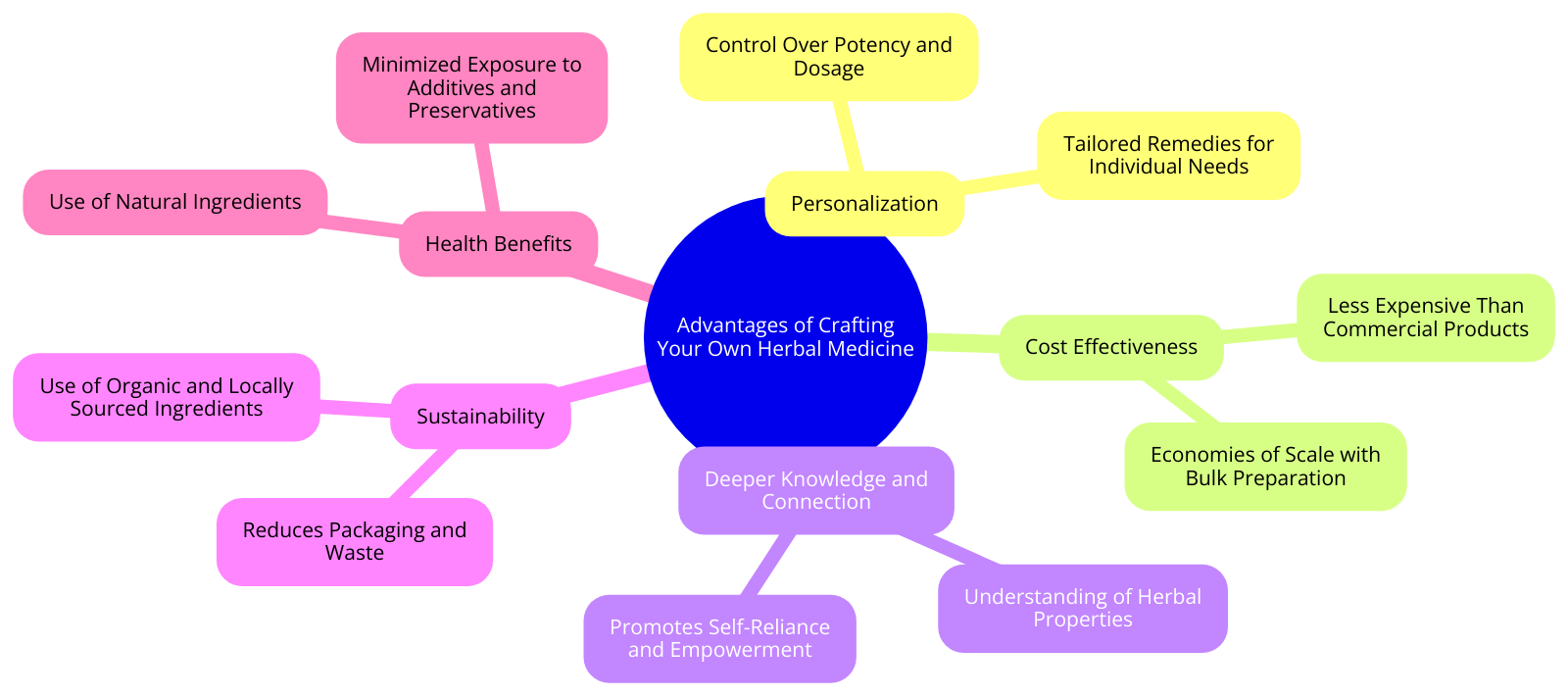
Spend time amidst the greenery, forage healing foods and craft your personalized plant medicine straight from the earth.
| PLANT NAME | BEST FORAGING SEASON | PRIMARY USES |
|---|---|---|
| Echinacea | Late summer to fall | Boosts immune system, treats colds and flu |
| Plantain | Spring to early fall | Relieves insect bites, soothes skin irritation |
| Yarrow | Spring to early fall | Stops bleeding, treats wounds and bruises |
| Stinging Nettle | Spring to early fall | Alleviates allergies, treats arthritis |
| Calendula | Spring to fall | Promotes healing, soothes skin inflammation |
Crafting Herbal Medicine from Wild Foods

Making DIY Remedies with Commonly Found Wild Plants and Herbs
When it comes to crafting herbal medicine from wild foods, there is a wealth of options available if you know where to look.
Important and commonly found wild plants can be transformed into powerful remedies.
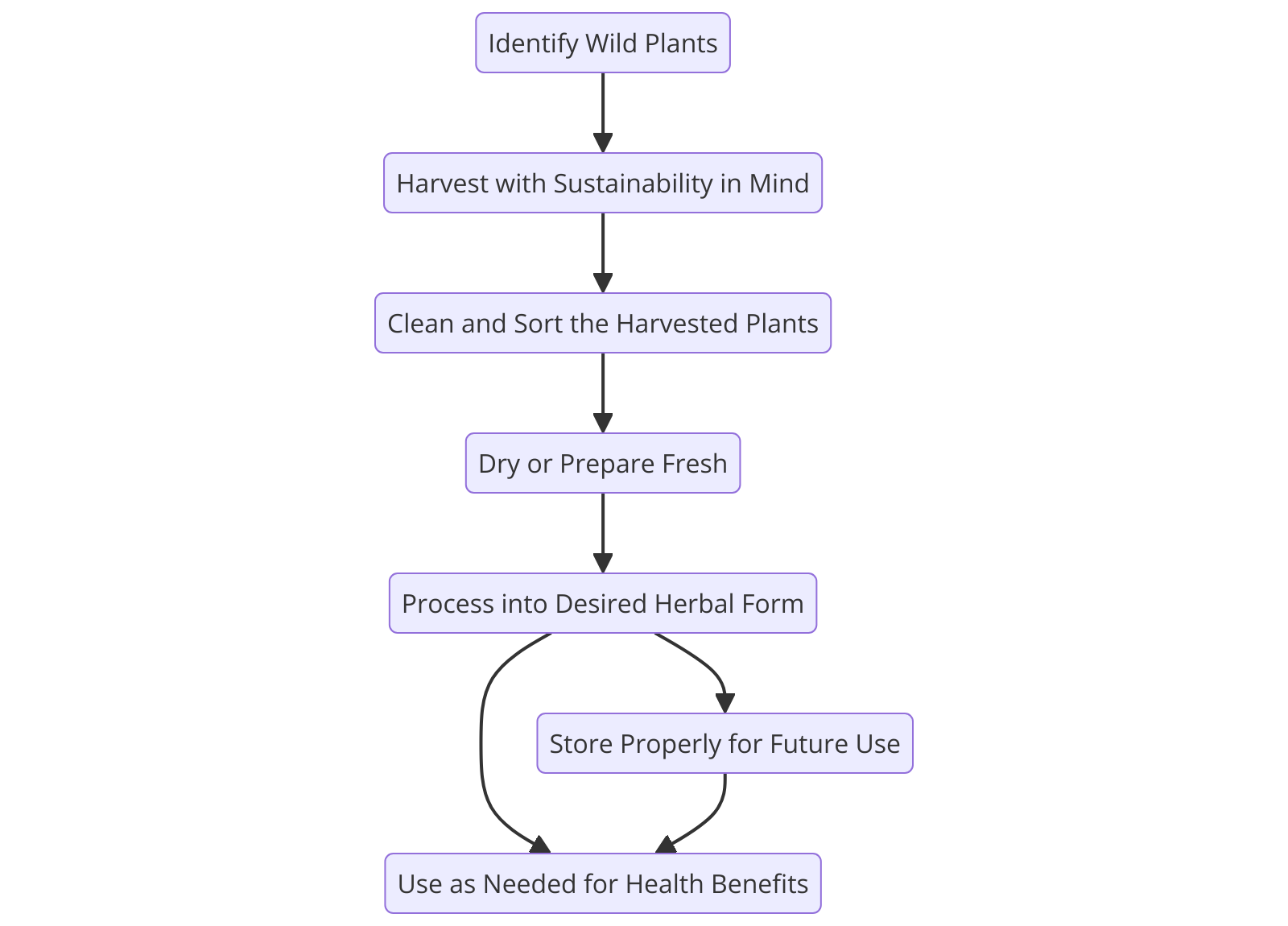
Learn how to utilize wild foods for both food and DIY remedies.
From dandelion to plantain, the possibilities are endless.
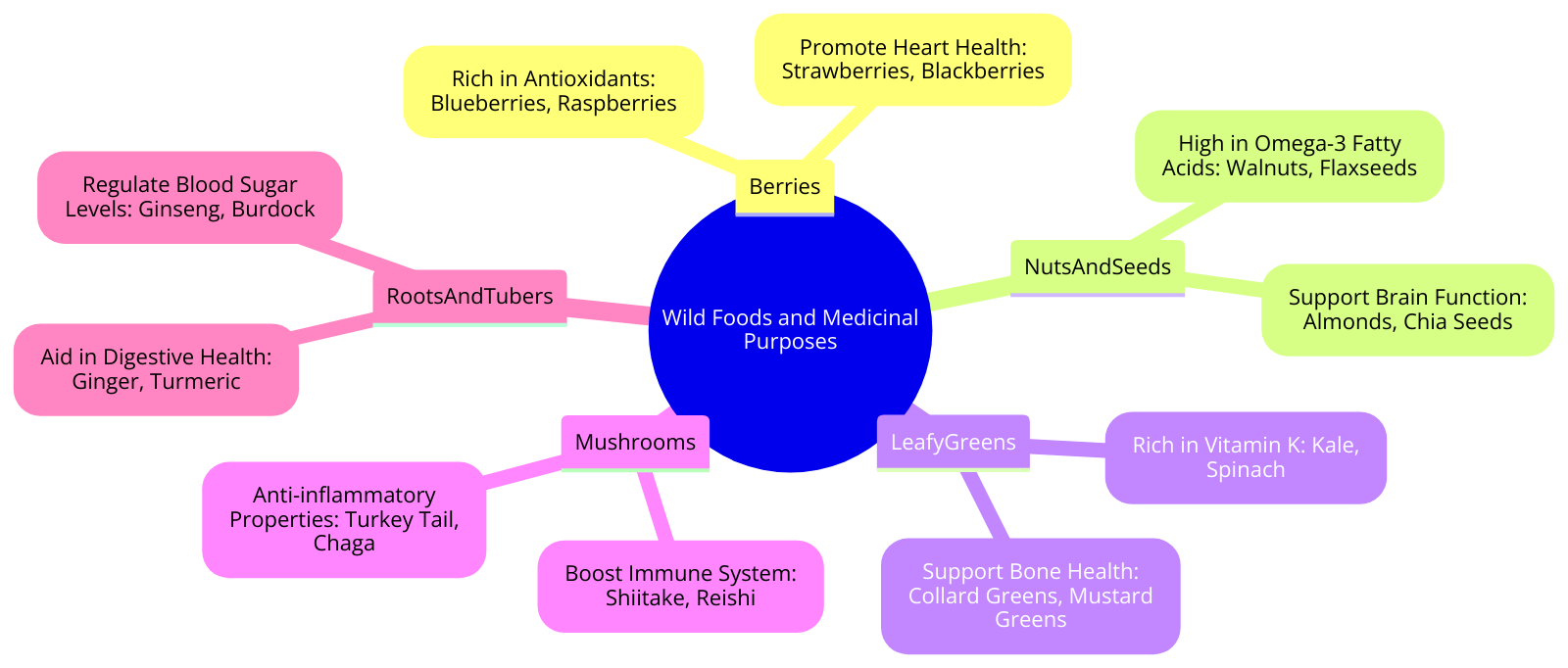
Utilizing Wild Foods for Medicinal Purposes
Many people are interested in natural remedies these days, and for good reason.
Nature provides us with an abundance of medicinal plants that can aid in our well-being.
By tapping into the herbalist within you, you can discover the healing properties of wild foods around you.
| NUTRIENT (PER 100G) | DANDELION | NETTLE | PLANTAIN | SPINACH | KALE | BROCCOLI |
|---|---|---|---|---|---|---|
| Calories | 45 | 42 | 49 | 23 | 49 | 34 |
| Protein | 2.7g | 2.7g | 1.6g | 2.9g | 4.3g | 2.8g |
| Fat | 0.7g | 0.1g | 0.4g | 0.4g | 0.9g | 0.4g |
| Carbohydrates | 9.2g | 7.7g | 9.2g | 3.6g | 8.8g | 7g |
| Fiber | 3.5g | 2.4g | 2.6g | 2.2g | 3.6g | 2.6g |
| Vitamin A (IU) | 10161 IU | 4893 IU | 2540 IU | 9377 IU | 6812 IU | 623 IU |
| Vitamin C (mg) | 35mg | 13mg | 8mg | 28.1mg | 93.4mg | 89.2mg |
| Vitamin K (mcg) | 778mcg | 497mcg | 72.8mcg | 483mcg | 704.8mcg | 101.6mcg |
| Calcium (mg) | 187mg | 660mg | 38mg | 99mg | 150mg | 47mg |
| Iron (mg) | 3.1mg | 3.5mg | 1.6mg | 2.7mg | 1.5mg | 0.7mg |
| Potassium (mg) | 397mg | 334mg | 499mg | 558mg | 491mg | 316mg |
| Magnesium (mg) | 36mg | 57mg | 37mg | 79mg | 47mg | 21mg |
The Medicinal Uses of Wild Plants

Exploring the Benefits of Commonly Found Wild Plants
Interested in natural and holistic health?
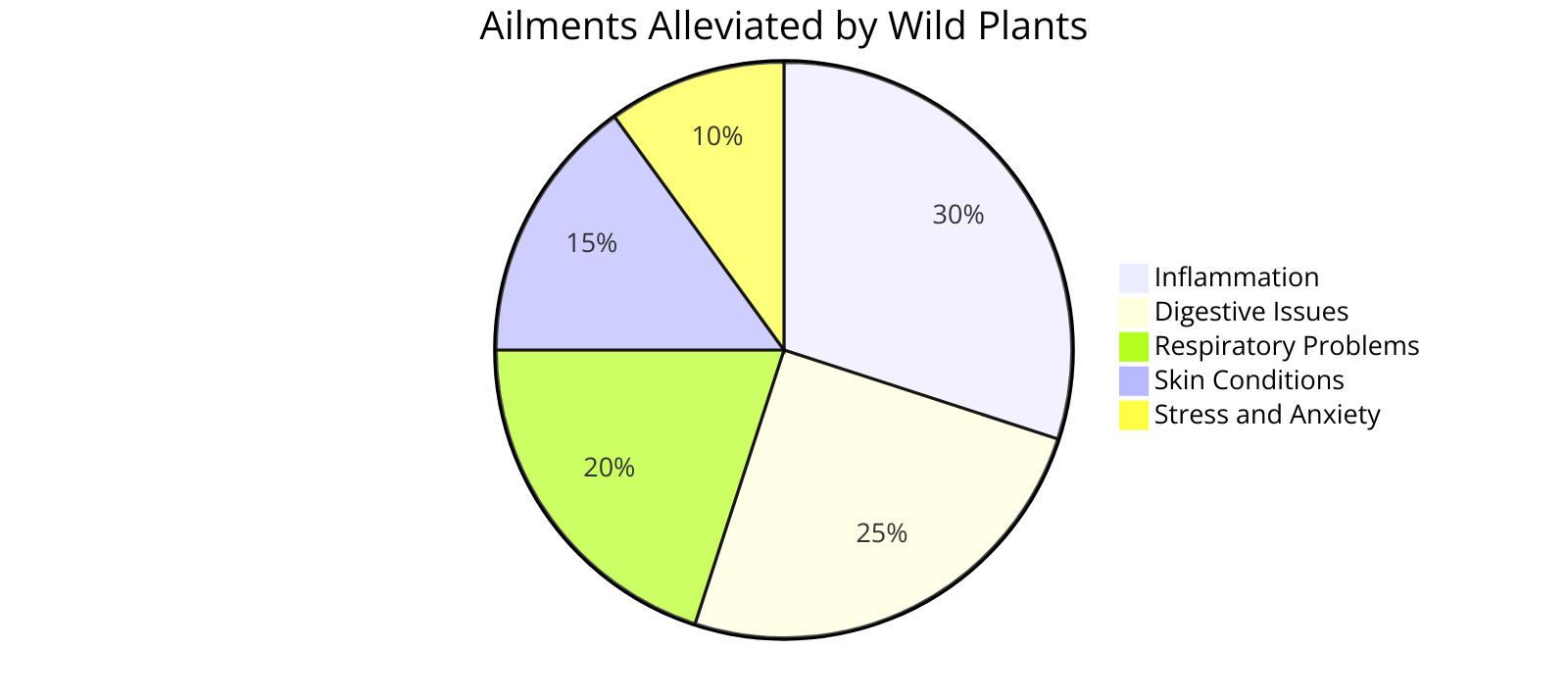
You’re not alone.
Millions of people are interested in exploring the medicinal uses of wild plants, from crafting herbal oils to brewing tea with delicious foods like dandelion and maple.
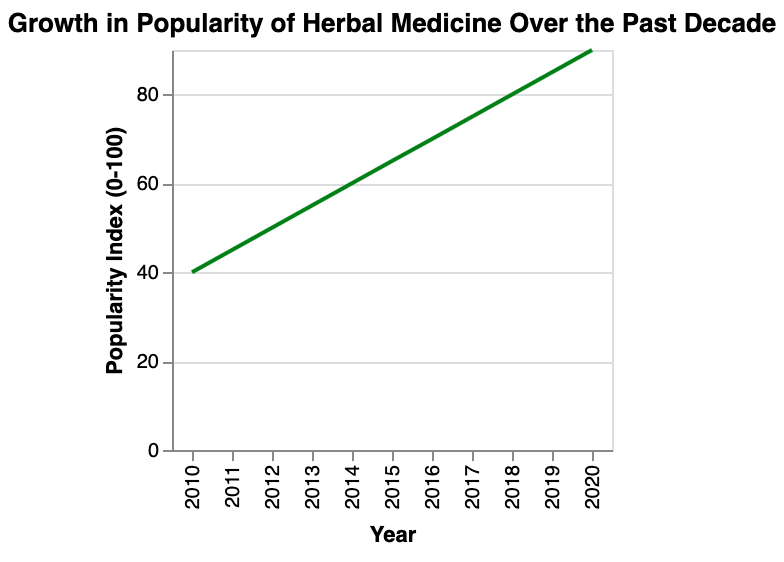
Herbal Wisdom: Harnessing the Power of Wild Plants
From concocting soothing teas to creating healing herbal oils, the world of medicinal plants offers a plethora of opportunities for those interested in natural and holistic health.
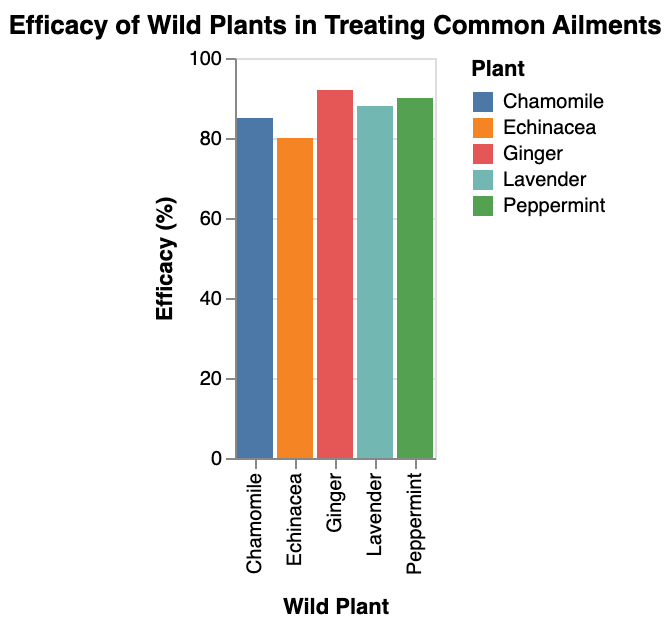
Edible and Medicinal Foraging Basics
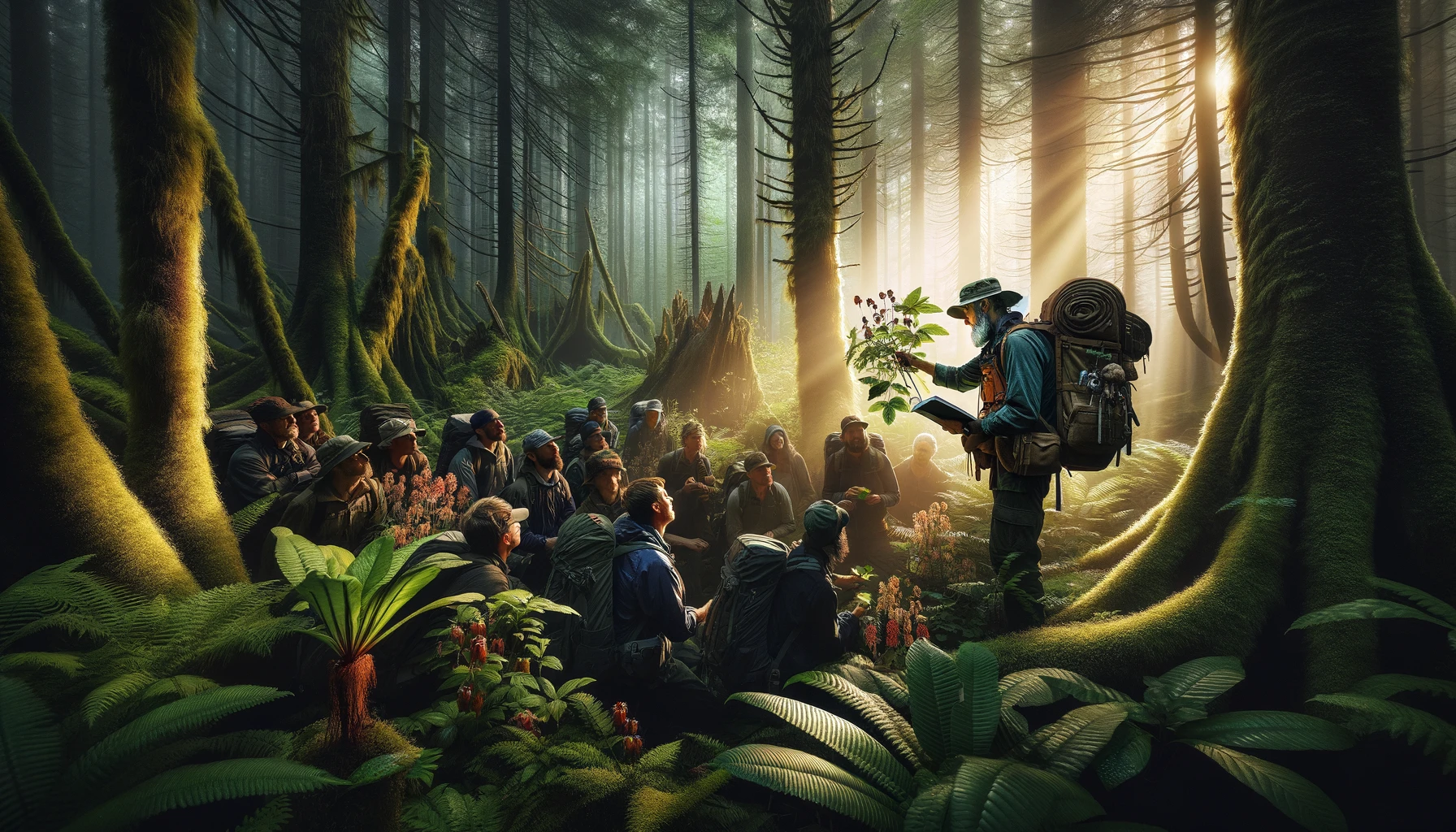
Dive into the World of Wild Plants and Herbs for Food
When I think about foraging, I imagine stepping into nature’s pantry, abundant with treasures that serve not just as food and medicine, but as a connection to our ancestral roots.
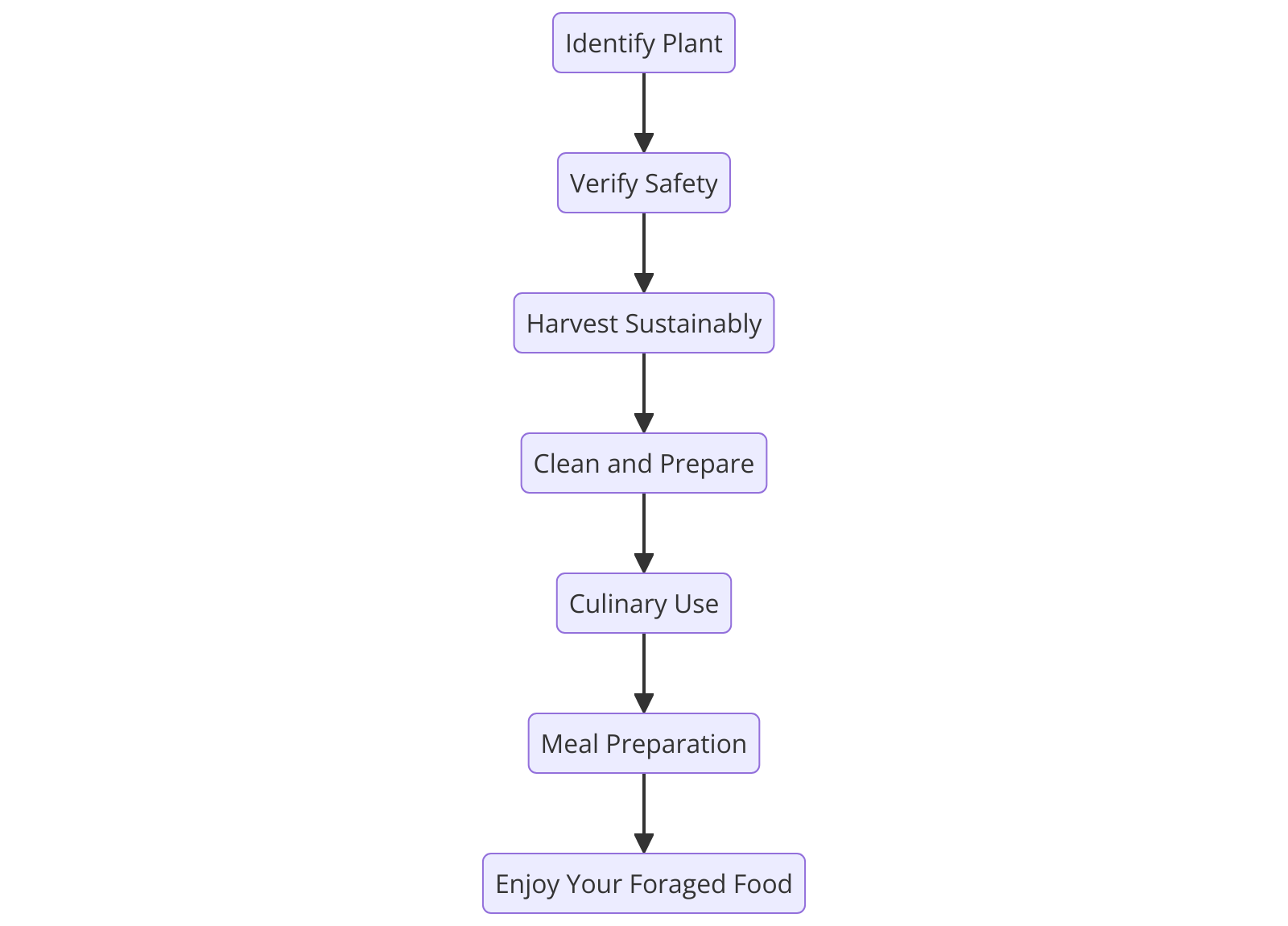
From an alchemy of herbs to crafting wild drinks and cocktails, there’s a whole world of possibilities waiting to be explored.
Start with simple recipes like a nettle frittata or a dandelion maple syrup cake to experience the true benefits of two dozen.
| RECIPE | INGREDIENTS | DIFFICULTY LEVEL | HEALTH BENEFITS |
|---|---|---|---|
| Dandelion Salad | Dandelion greens, olive oil, lemon juice, salt | Easy | High in vitamins A, C, and K, rich in antioxidants, supports digestion, and may help with liver health |
| Nettle Soup | Nettle, potatoes, onions, vegetable broth | Moderate | Excellent source of vitamins A and C, minerals like iron and calcium, supports immune function |
| Plantain Fritters | Plantain leaves, chickpea flour, spices | Intermediate | Rich in fiber, vitamins A and C, boosts immune system, may have anti-inflammatory properties |
| Spinach and Nettle Pie | Spinach, nettle, onions, pastry dough | Intermediate | High in iron, vitamins A and C, supports bone health, aids in blood clotting |
| Kale and Dandelion Smoothie | Kale, dandelion greens, banana, almond milk | Easy | Packed with vitamins A, C, and K, rich in antioxidants, supports heart and bone health |
| Broccoli and Nettle Stir-Fry | Broccoli, nettle, garlic, soy sauce | Easy | Provides vitamins A, C, and K, high in fiber, supports detoxification, boosts immune system |
Unleash Your Inner Herbalist: Plants and Herbs for Food and DIY Remedies
Exploring the medicinal uses of wild plants can truly rekindle a sense of wonder and respect for nature’s gifts.
Whether you’re learning to make herbal oils or reading wild remedies from an old book, each step towards understanding the edible, plants and herbs for food opens up a whole new world of possibilities.
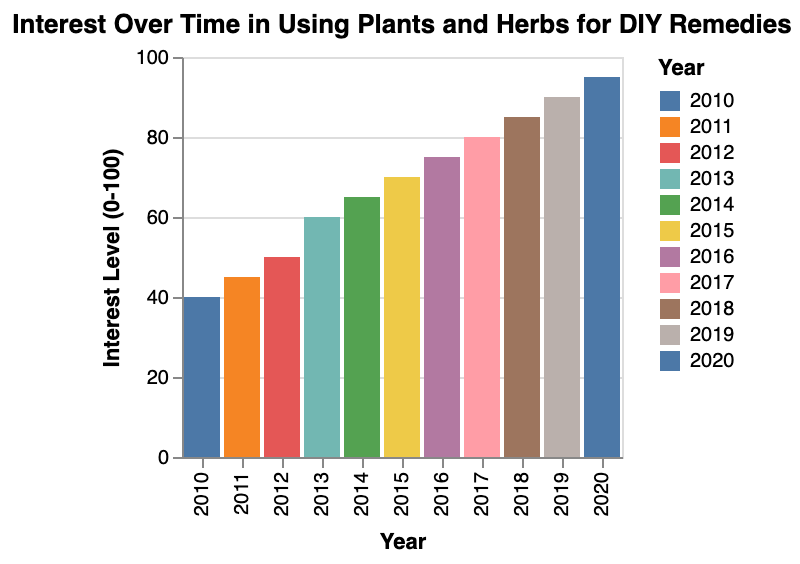
Herbal Wisdom

Growing Your Own Herbal Garden
If you’re looking to rekindle your connection with nature and tap into the medicinal power of plants, consider starting your own herbal garden.
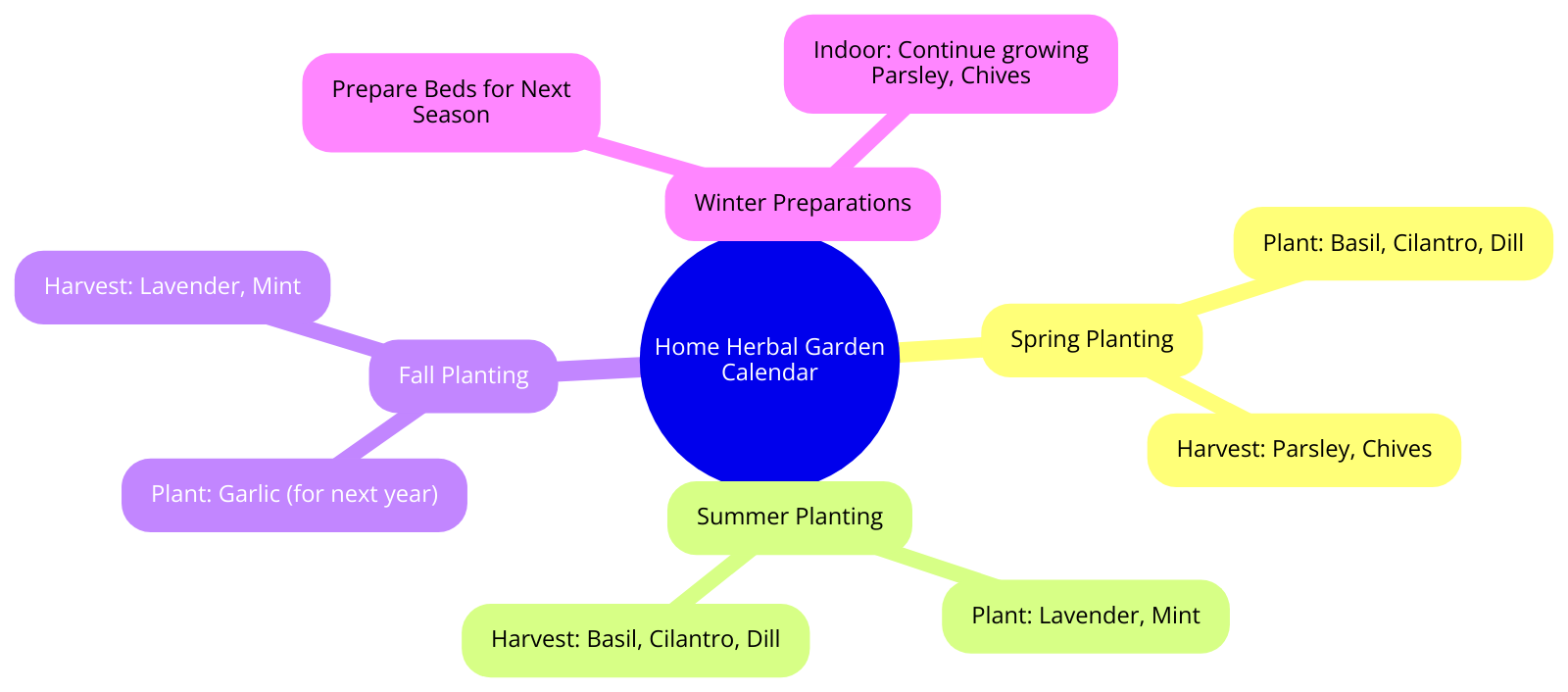
By cultivating wild herbs like purple coneflower or chamomile that grow in your own garden, you can have a key ingredient source for homemade remedies at your fingertips.
| MEDICINAL HERB | SUNLIGHT | WATER | SOIL TYPE |
|---|---|---|---|
| Lavender | Full sun | Low to moderate | Well-drained, sandy soil |
| Chamomile | Full sun to partial shade | Moderate to high | Well-drained, loamy soil |
| Echinacea | Full sun to partial shade | Moderate to low | Well-drained, fertile soil |
| Peppermint | Partial shade to full sun | Moderate to high | Moist, well-drained soil |
| Lemon Balm | Partial shade to full sun | Moderate to high | Moist, well-drained soil |
| Sage | Full sun | Low to moderate | Well-drained, sandy soil |
| Thyme | Full sun | Low to moderate | Well-drained, sandy soil |
| Rosemary | Full sun | Low to moderate | Well-drained, sandy soil |
| Calendula | Full sun | Moderate to low | Well-drained, loamy soil |
| Dandelion | Full sun to partial shade | Low to moderate | Well-drained, loamy soil |
Consulting with Registered Herbalists
Seeking advice from a registered herbalist with the American Herbalists Guild can provide valuable insights into edible and medicinal wild plants and their uses.
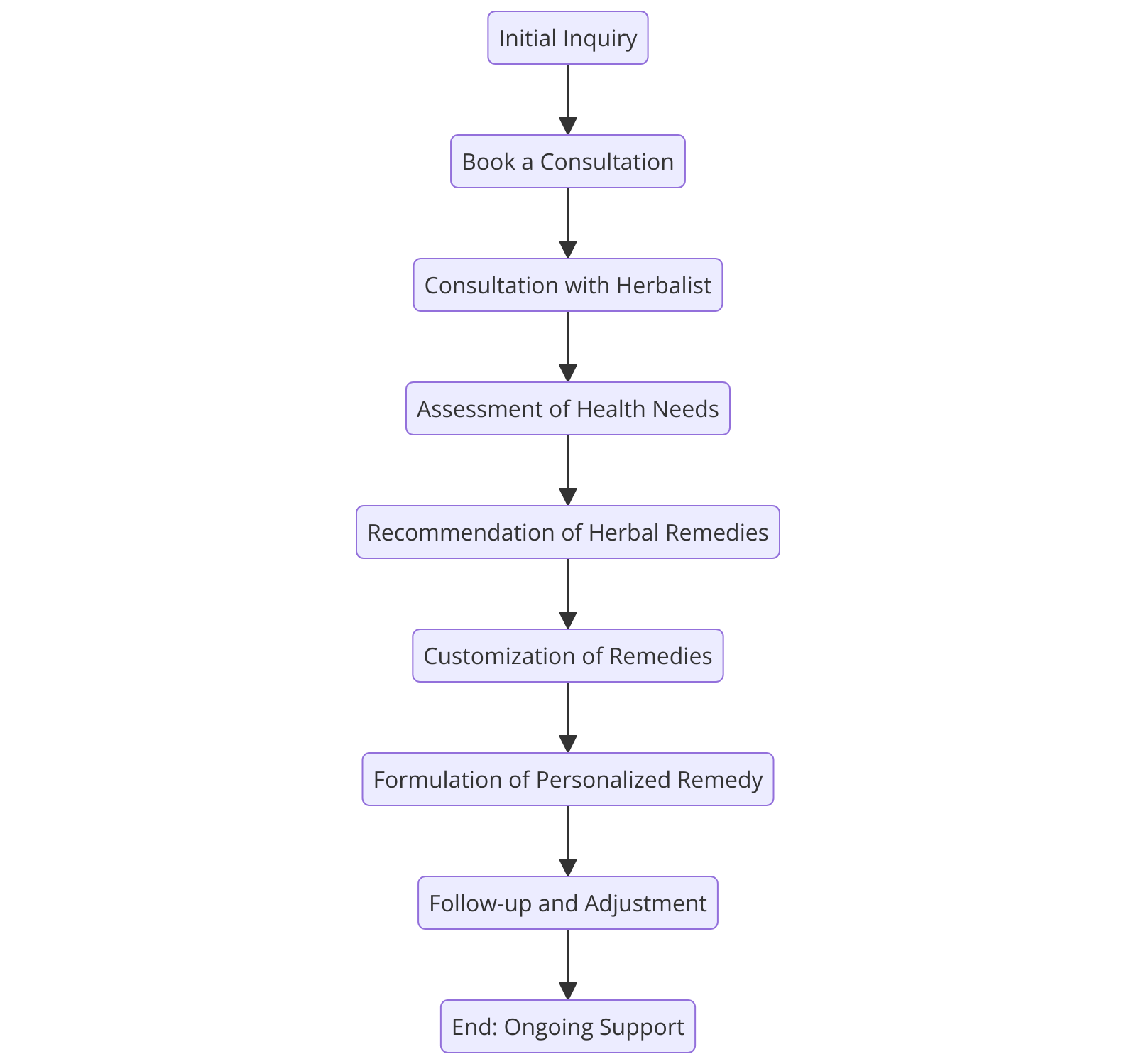
These experts can help you navigate the world of herbal medicine, offering suggestions for incorporating wild plants into your daily routine.
Insights on Plant Medicine

Reveling in Nature’s Bounty
When it comes to exploring the world of plant medicine, there’s a myriad of exciting discoveries awaiting.
From whipping up a delectable chickweed pesto to delving into the medicinal properties, every forager can find their own path.
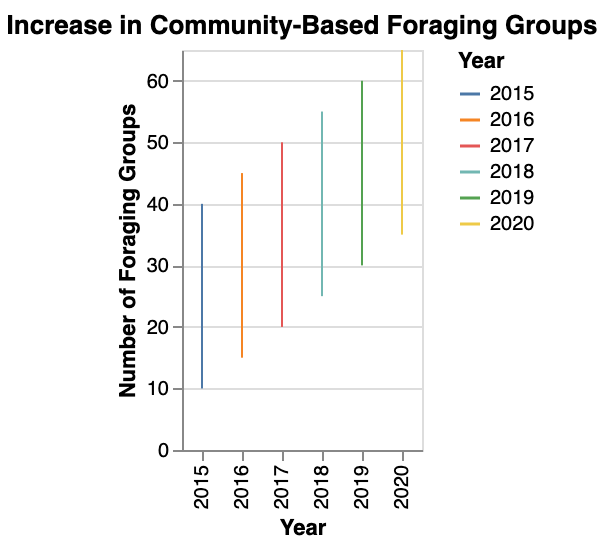
As a keen observer of the natural world, you may find yourself drawn to the American Herbalists Guild or even consider pursuing a career as a naturalist.
Unveiling Hidden Treasures
In the realm of herbal wisdom, it’s important to distinguish between what’s considered a nuisance weed and what’s a hidden gem of the wild.
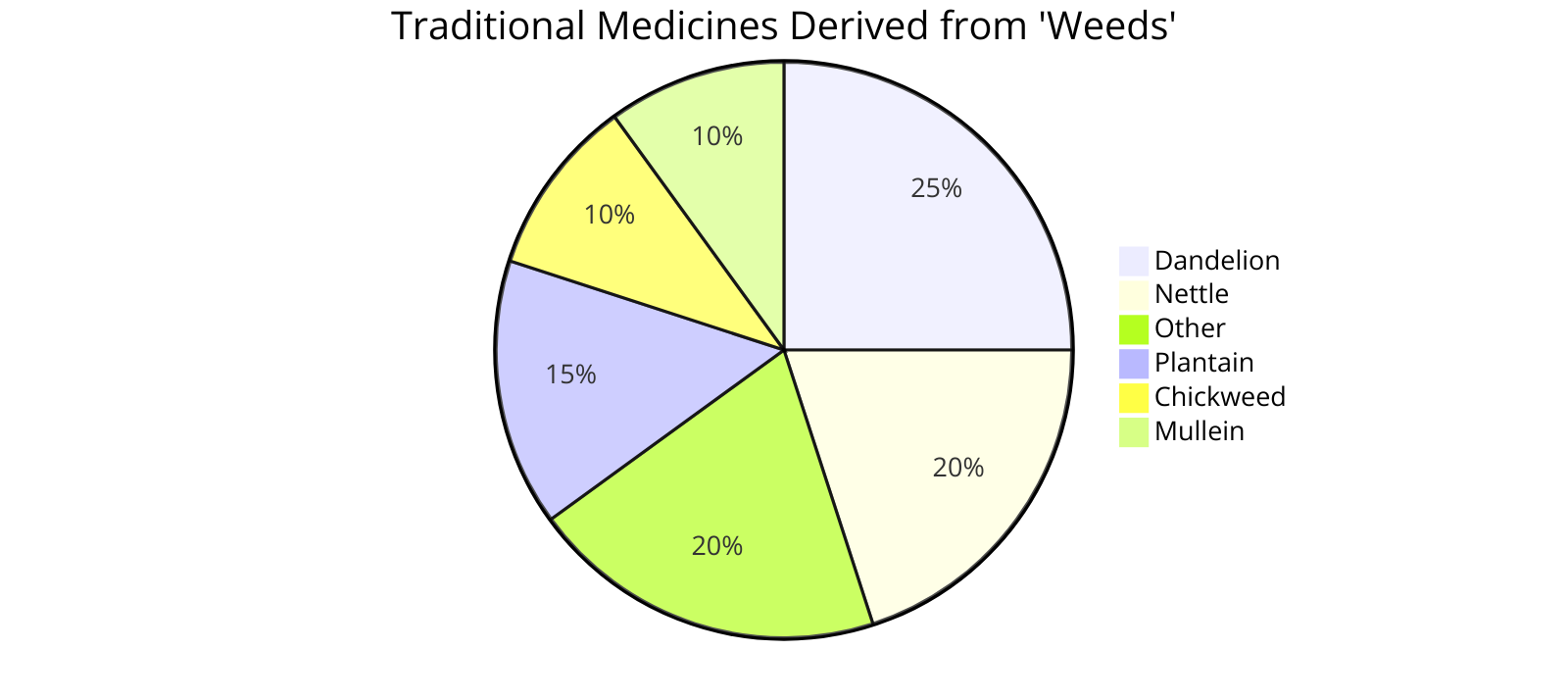
More Resources:
- Samuel Thayer’s Foraging Books – Comprehensive guides on foraging for wild edibles by an expert in the field.
- The Skillful Forager by Leda Meredith – A guide that blends the art of foraging with ethical practices and culinary innovation.
- Wild Food by Roger Phillips – A classic on foraging wild edibles across North America with an emphasis on simple recipes and stunning photography.
- The New Wildcrafted Cuisine by Pascal Baudar – An innovative book offering a deep dive into the gastronomy of local terroir through foraging and fermentation.
- Plants in Language and Classification Among BC First Nations – An academic exploration into how Indigenous languages and cultures categorize and name plants in British Columbia.


